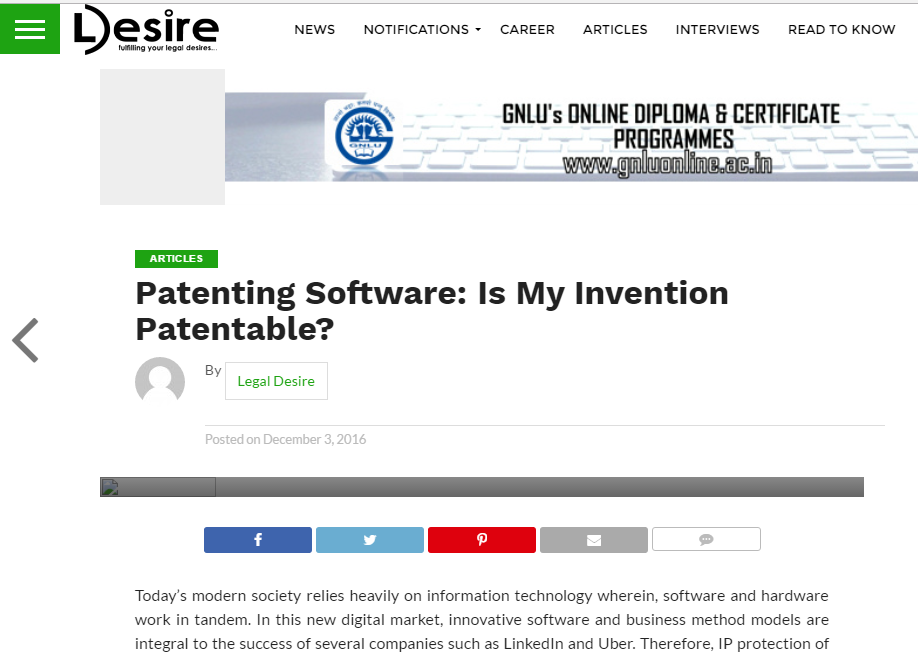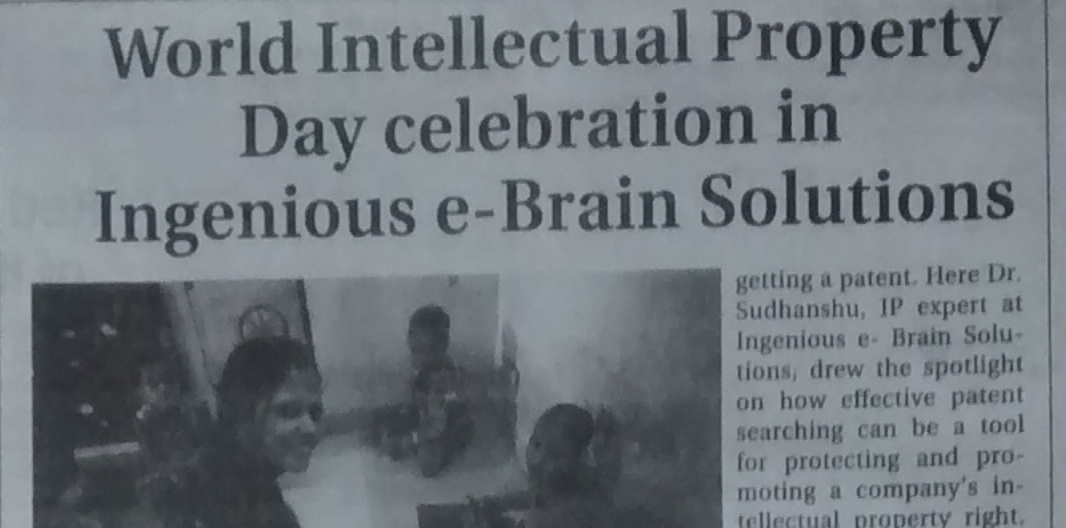Introduction
In today’s digital age, software innovation plays a pivotal role in driving technological advancements across various industries. However, the process of patenting software can be complex and nuanced, requiring a thorough understanding of intellectual property laws and regulations. This article serves as a comprehensive guide to navigating the intricacies of patenting software, offering insights and strategies for protecting your innovative software solutions.
Understanding Patent Eligibility: The first step in patenting software is determining whether your invention is eligible for patent protection. In many jurisdictions, including the United States and Europe, software patents are granted for inventions that meet specific criteria, such as novelty, non-obviousness, and utility. Understanding these criteria is essential for assessing the patentability of your software invention.
Navigating Legal Challenges: Patenting software often involves navigating legal challenges and uncertainties, particularly in light of evolving patent laws and court rulings. Recent court decisions, such as the Alice Corp. v. CLS Bank International case in the US, have raised questions about the patent eligibility of software-related inventions. It’s crucial to stay informed about these legal developments and work with experienced patent attorneys to navigate potential challenges effectively.
Drafting a Strong Patent Application: Drafting a strong patent application is essential for securing meaningful protection for your software invention. A well-written patent application should clearly define the technical features and innovative aspects of your software solution, providing sufficient detail to support the claims of novelty and inventiveness. Collaborating with technical experts and patent professionals can help ensure that your patent application meets the requirements for patentability and withstands scrutiny during the examination process.
Navigating International Patent Protection: Navigating international patent protection for software inventions requires careful consideration of jurisdictional differences and strategic planning. While some countries, such as the US and Europe, have well-established patent systems for software, others may have stricter eligibility criteria or different procedural requirements. Developing a tailored patent strategy that takes into account the global landscape of software patenting is crucial for maximizing protection and minimizing risks.
Conclusion
Patenting software is a complex and multifaceted process that requires careful consideration of legal, technical, and strategic factors. By understanding the nuances of patent eligibility, navigating legal challenges, drafting strong patent applications, and strategizing for international protection, innovators can effectively safeguard their software inventions and unlock their full commercial potential in the global marketplace.




